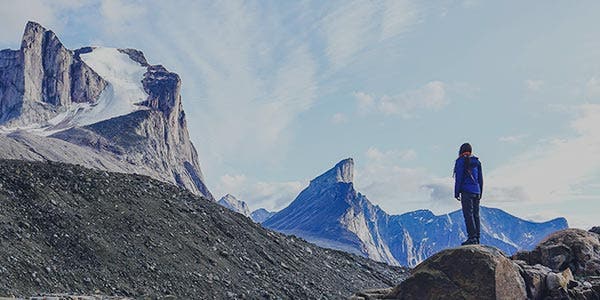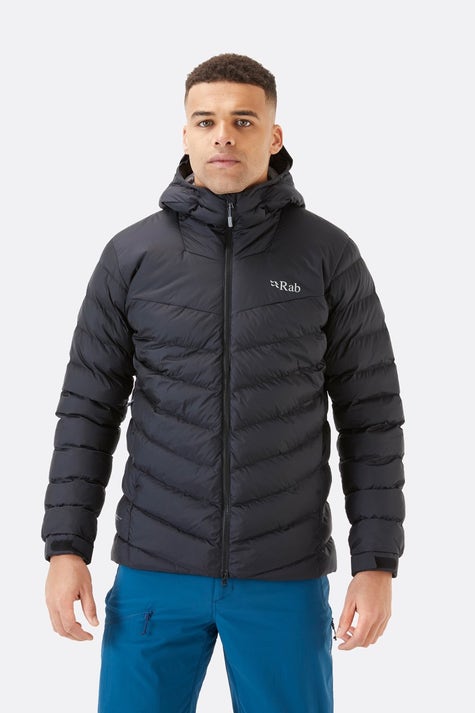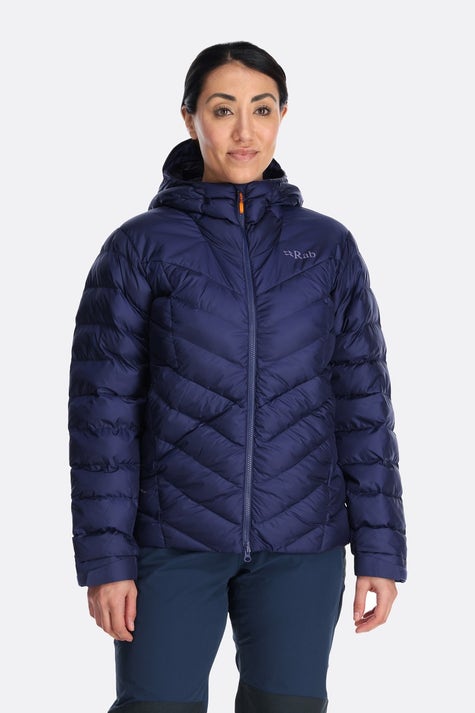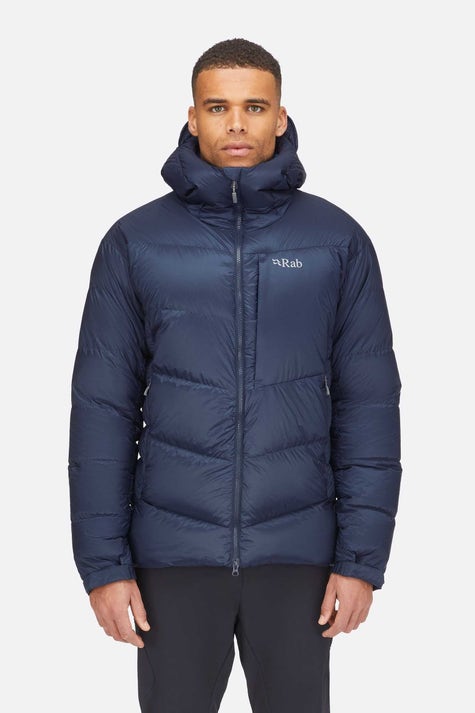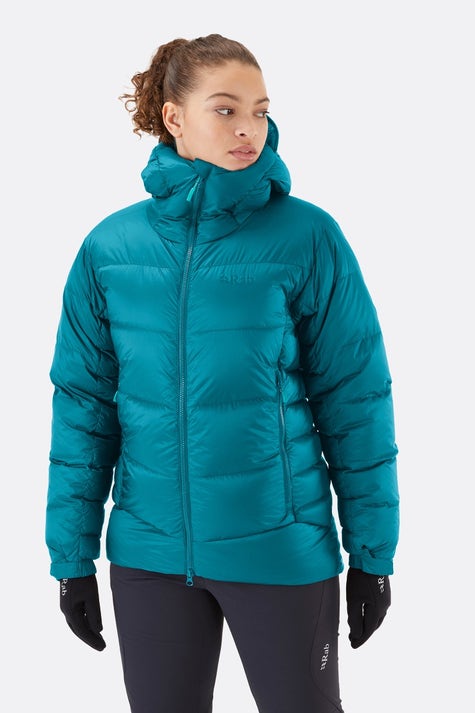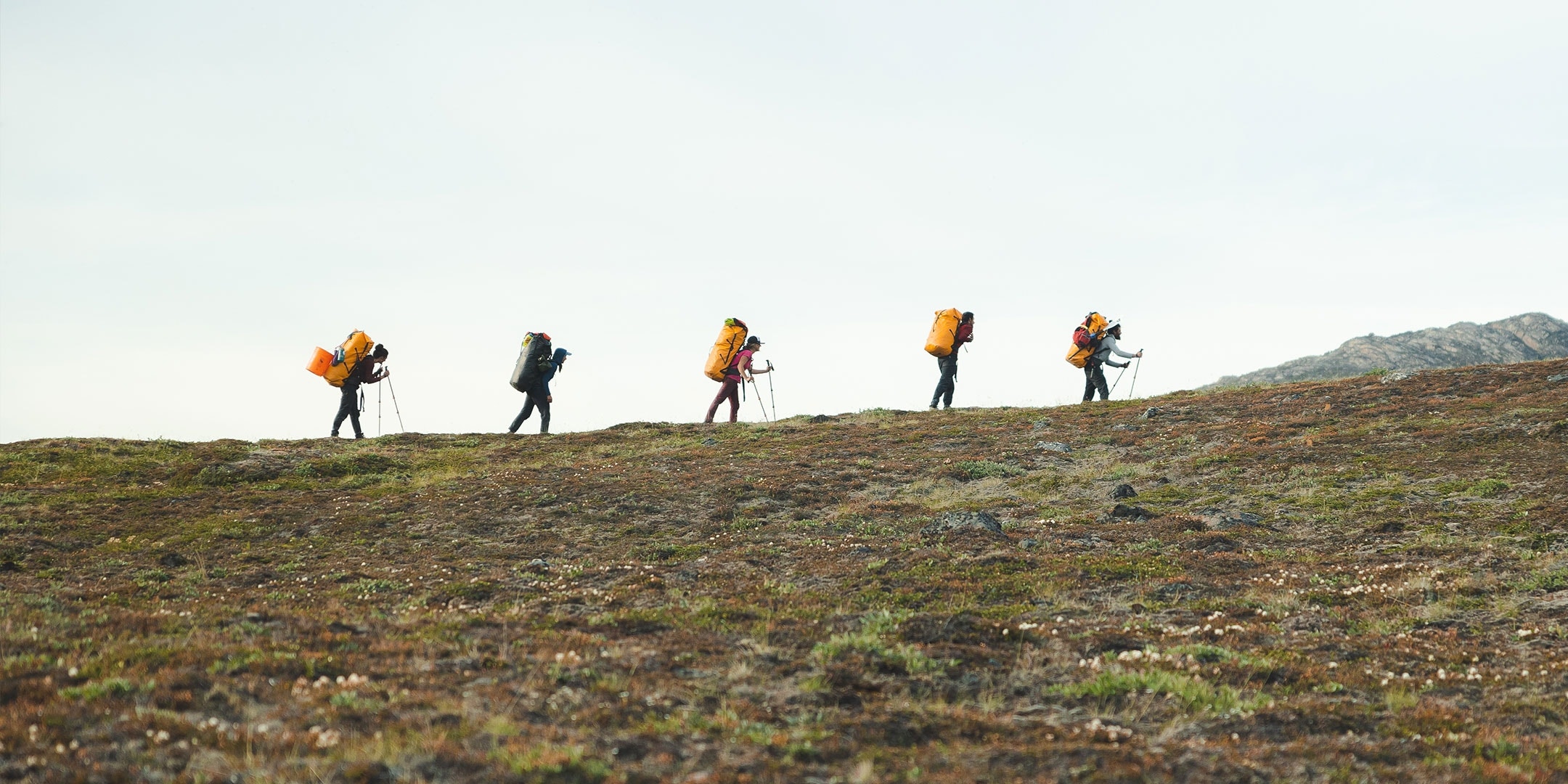
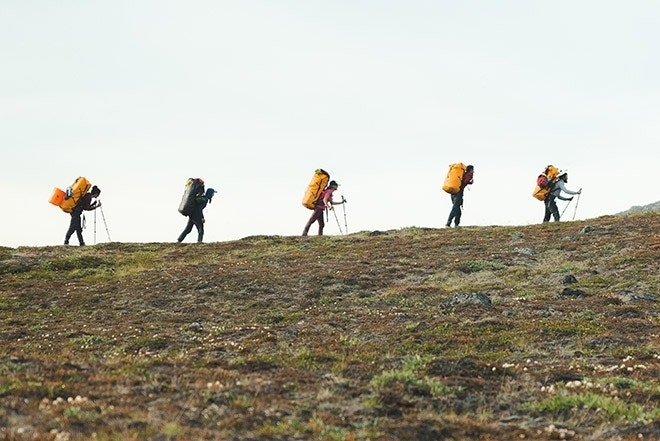
Embarking on an extraordinary adventure that took them deep into the heart of Greenland's pristine landscapes, Bronwyn, Jacob, and their group of intrepid friends set out on a remarkable human-powered journey.
In 2022, they paddled an astounding 450km along the captivating west coast, their kayaks gliding through the frigid Arctic waters. Their mission?
To explore the untamed wilderness and establish new climbing routes on the colossal granite cliffs that rose majestically from the ocean's depths. This incredible expedition not only pushed the boundaries of physical endurance but also ignited a profound reflection on the ecological future of the awe-inspiring places we, as explorers, hold dear.
We had the privilege to catch up with Rab Athlete Jacob Cook as he shared his reflections and hopes for the preservation and sustainable exploration of the magnificent environments that grace our planet.
Join us as we delve into the captivating tale of their Greenland odyssey and Jacob's aspirations for a harmonious coexistence between adventure and ecological stewardship.
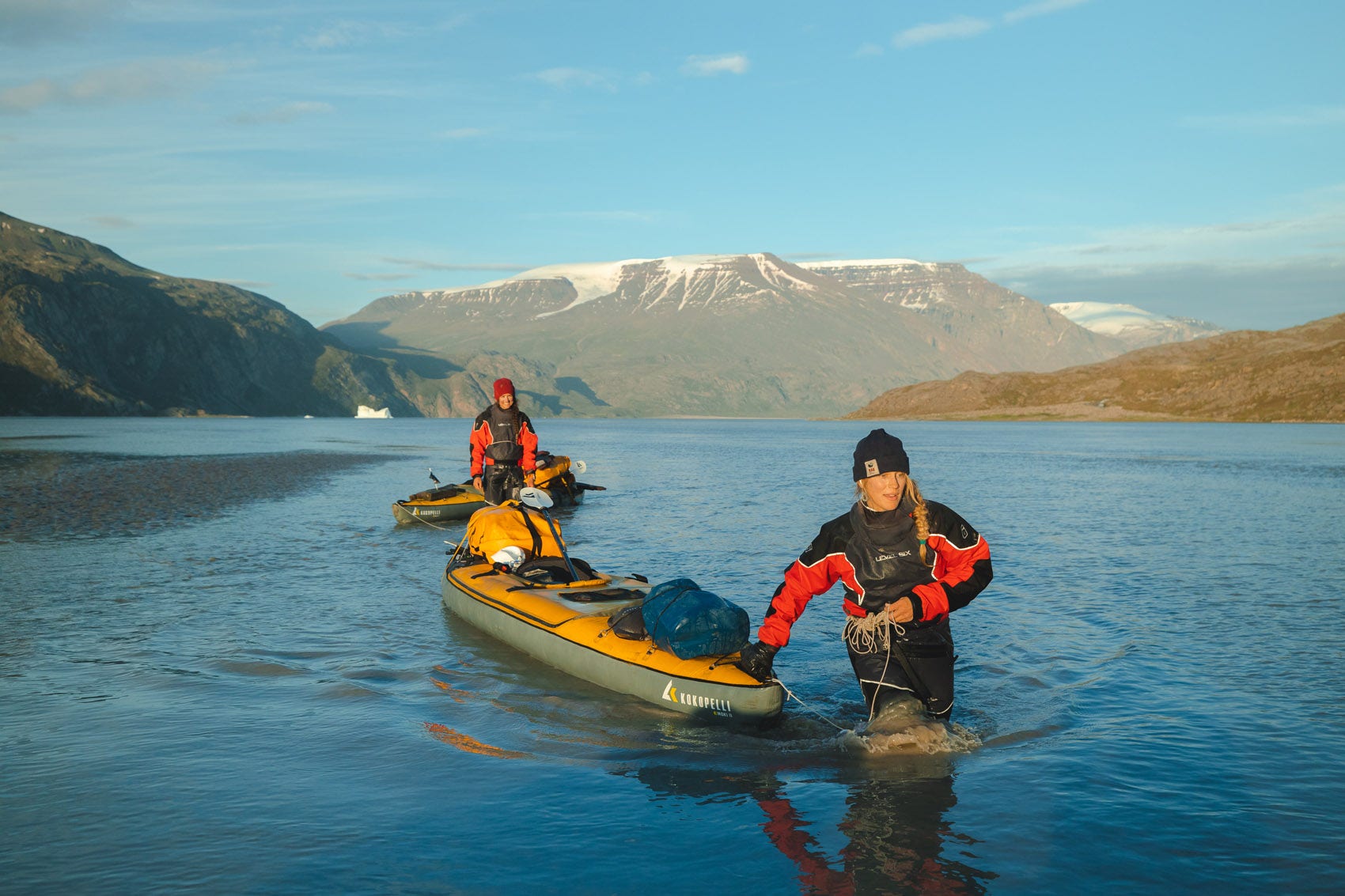

As an athlete who travels around the world when did it come onto your radar that your trips have an environmental impact?
As an athlete who flies semi-regularly to chase the best conditions for rock climbing, my environmental impact is something I worry about.
I try to minimize my impact by trying to stay in one place for several months at a time, rather than taking long flights for short trips. Despite this, my carbon footprint is higher than I would like and it’s something I think about on my trips and expeditions.
How do you make sense of carrying on doing these types of trips, while also being the type of person who wants to protect and care for the landscapes in which you climb?
It’s a strange situation to reflect on, that simply by being in and traveling to the places that I love, I am contributing to the destruction of them. I don’t claim to have all the answers, and it’s certainly something that I grapple with daily.
I’ve always believed shaming individuals for the environmental impact of their actions is not a positive way to effect change. If, as a global community we are to address climate change in a meaningful way, change needs to happen at the level of government policy and large corporations - ultimately, it’s up to them to create incentives at the individual level.
Telling people they are responsible for climate change by flying is unlikely to change most people’s actions, but if flights were ten times as expensive, this would dramatically change the equation for most individuals and result in significantly fewer flights being taken.
As an athlete for Rab I’m proud of their attempts to minimise their environmental impact and see it as my role to push them to continue these efforts.
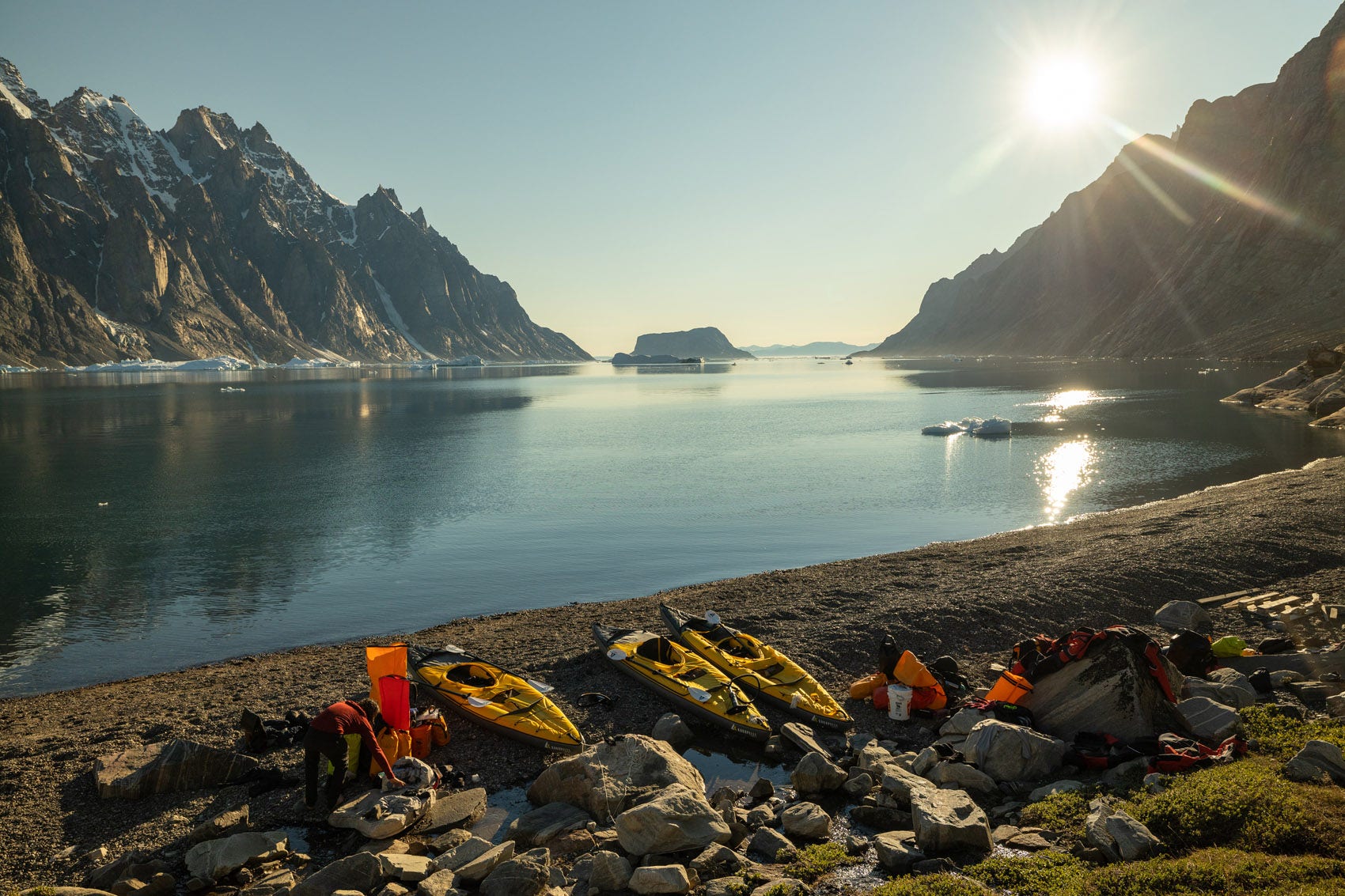

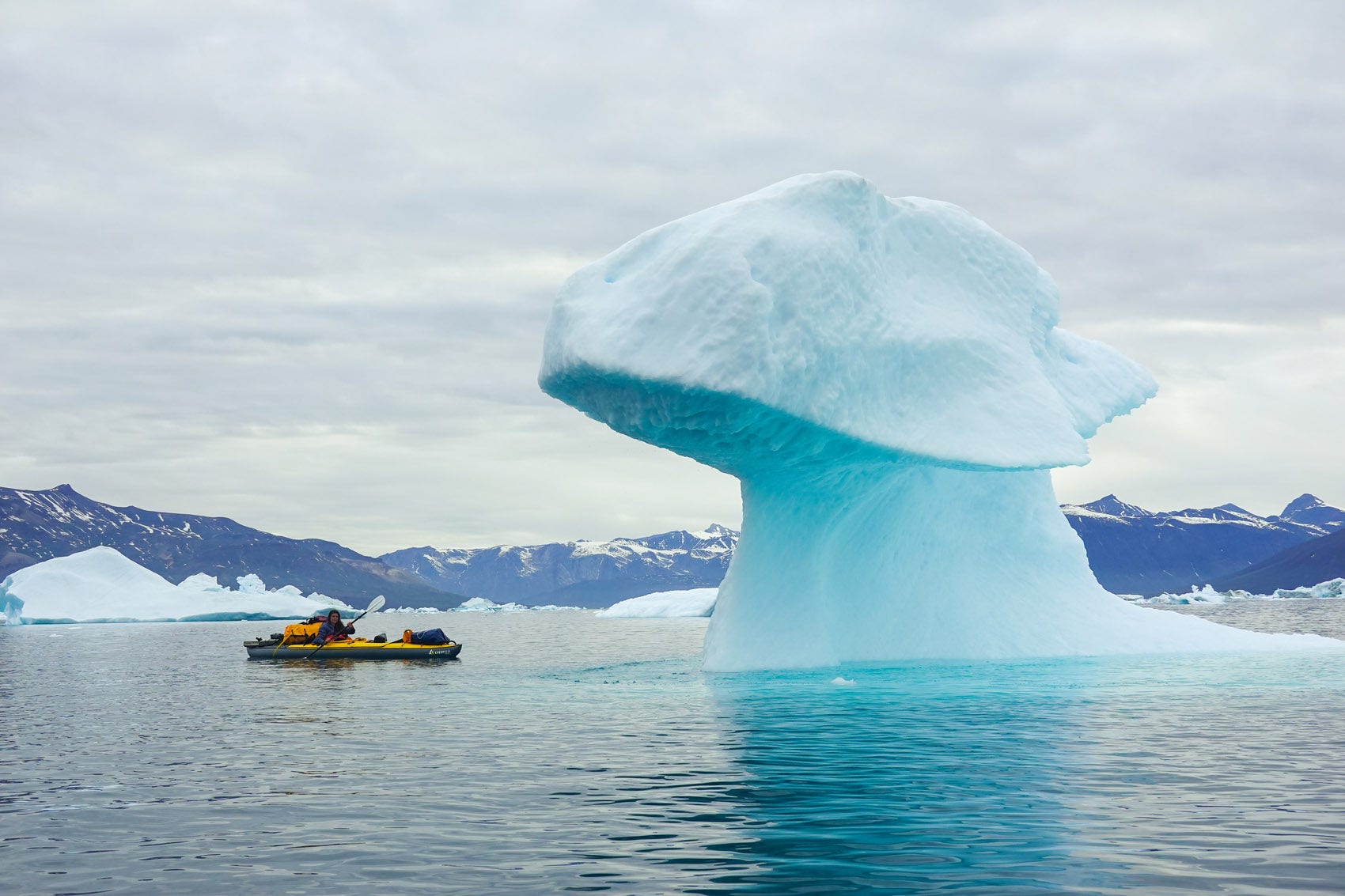

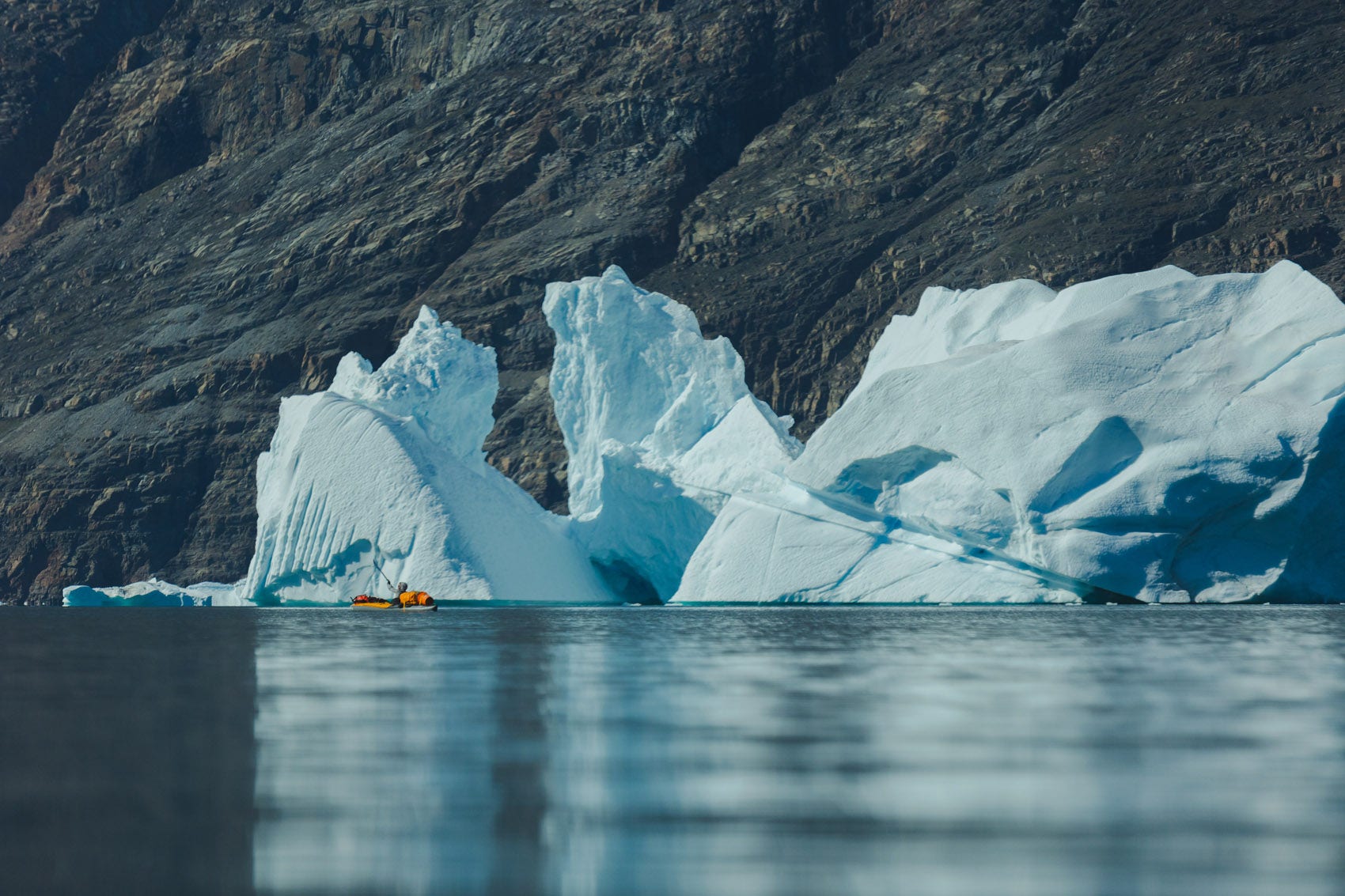



What clear changes to the environment have you seen both at home and overseas?
The effects of climate change are clear, undeniable, and everywhere I go. Especially in mountainous areas, the glacial recession is massive and progresses further every year, and melting permafrost is causing massive increases in rockfall.
For example, I spent two summers in 2017 and 2018 in the Bugaboos close to my home in Canada, working on the Tom Egan Memorial Route - an 8c free route first climbed by Will Stanhope in 2015.
Earlier this year that entire mountainside collapsed, and the route is now a pile of rubble. This is not an isolated event.
Climbing in Patagonia during the Austral summer, the increase in rockfall hazard is a common topic of discussion among climbers and someone dies from rockfall during most warm weather windows.
Were there any clear and obvious challenges presented to you in Greenland as a result of climate change?
During our 400km sea kayak journey along the West coast of Greenland we passed through the abandoned town of Nuugaatsiaq. The town was destroyed in a giant tsunami in 2017 caused by a landslide into the ocean further up the Karrat Ice-fjord. It’s very likely that this tsunami was caused by melting permafrost, as the town had existed un-harmed for hundreds of years prior to 2017. It was very spooky paddling the ocean fjords around the town, with one ear listening for the rumbling sound of another landslide that would inevitably spell our doom.
What prompted you to attempt your Greenland expedition with human power as opposed to renting motor-powered transport to get you around?
The first month of our 65-day Greenland expedition was spent sea kayaking ~400km up the west coast, including a 20km overland section to connect two fjords.
I don’t like using terms like “fair means,” “self-propelled,” or “self-supported” to describe trips like this. Ultimately, it’s all pretty arbitrary, we flew into one place and flew out of another. For me the reason to do a trip in this style was not to tick a box in someone else’s style rulebook, rather it’s to have a smaller, more personal experience.
How do I want to feel? How do I want to interact with the places I visit?
For me, the reason for our month-long human-powered journey was to experience the landscape on its own terms. To move slowly. To feel small. A small group of friends in a giant landscape.
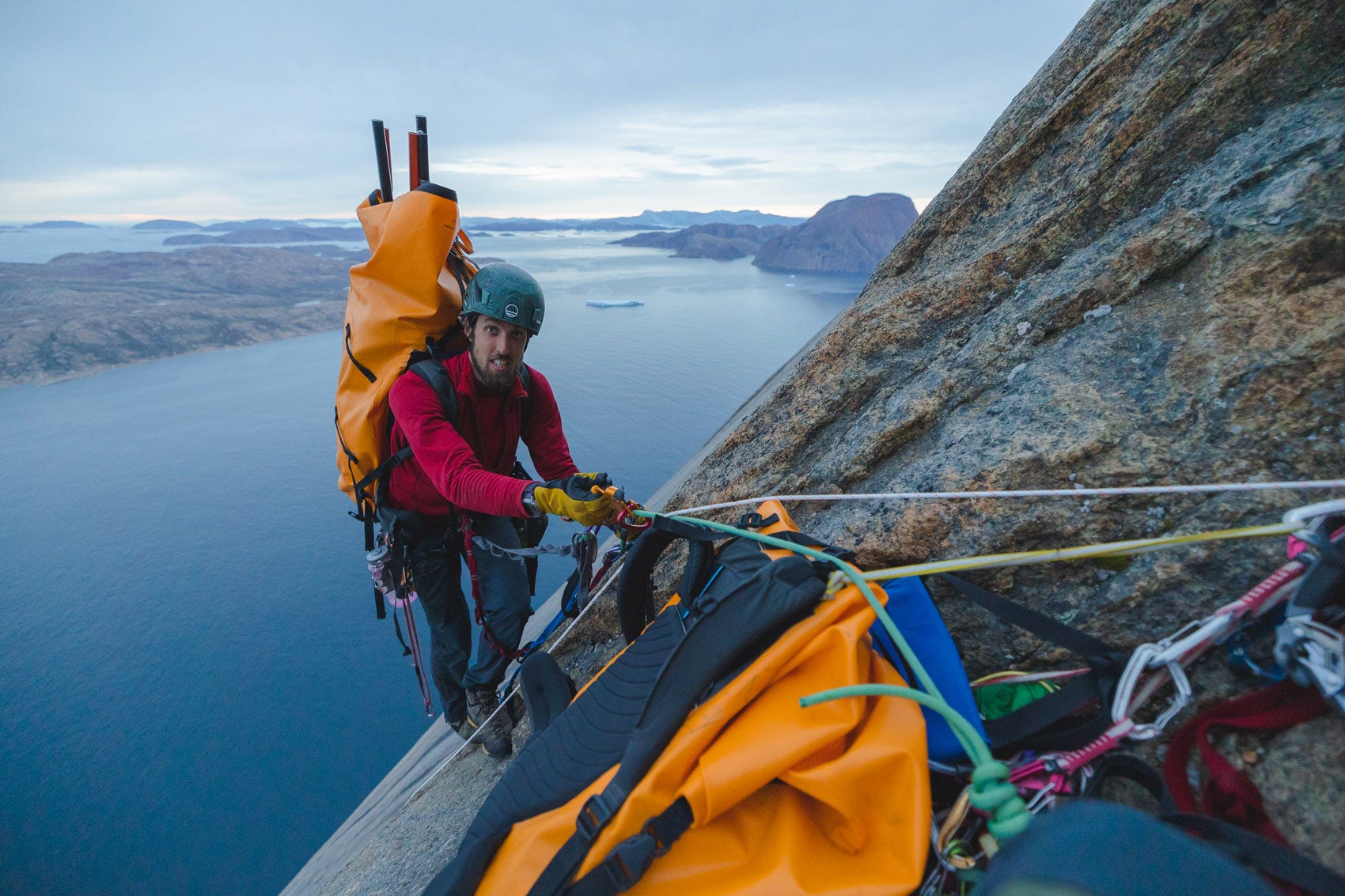

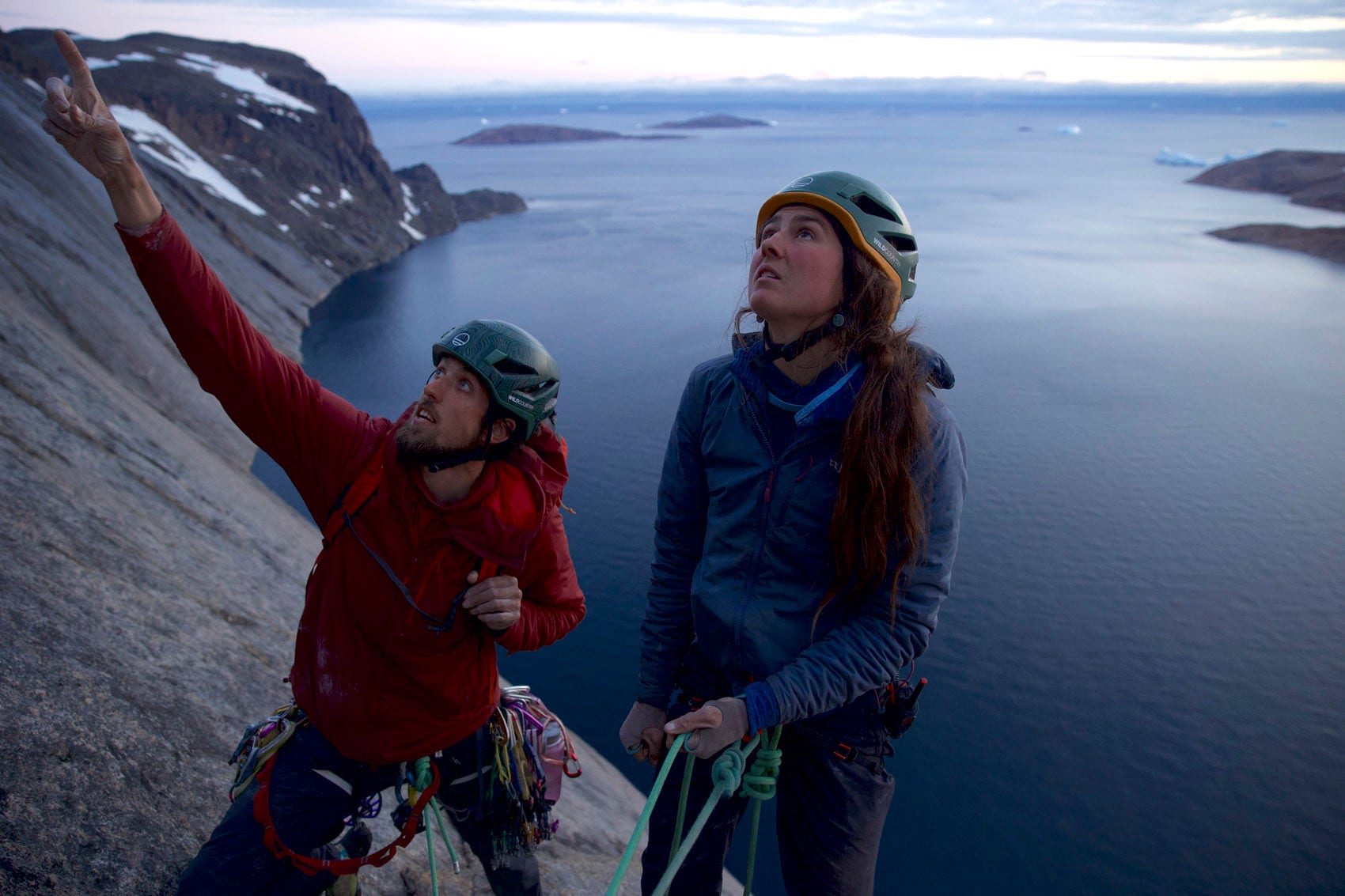

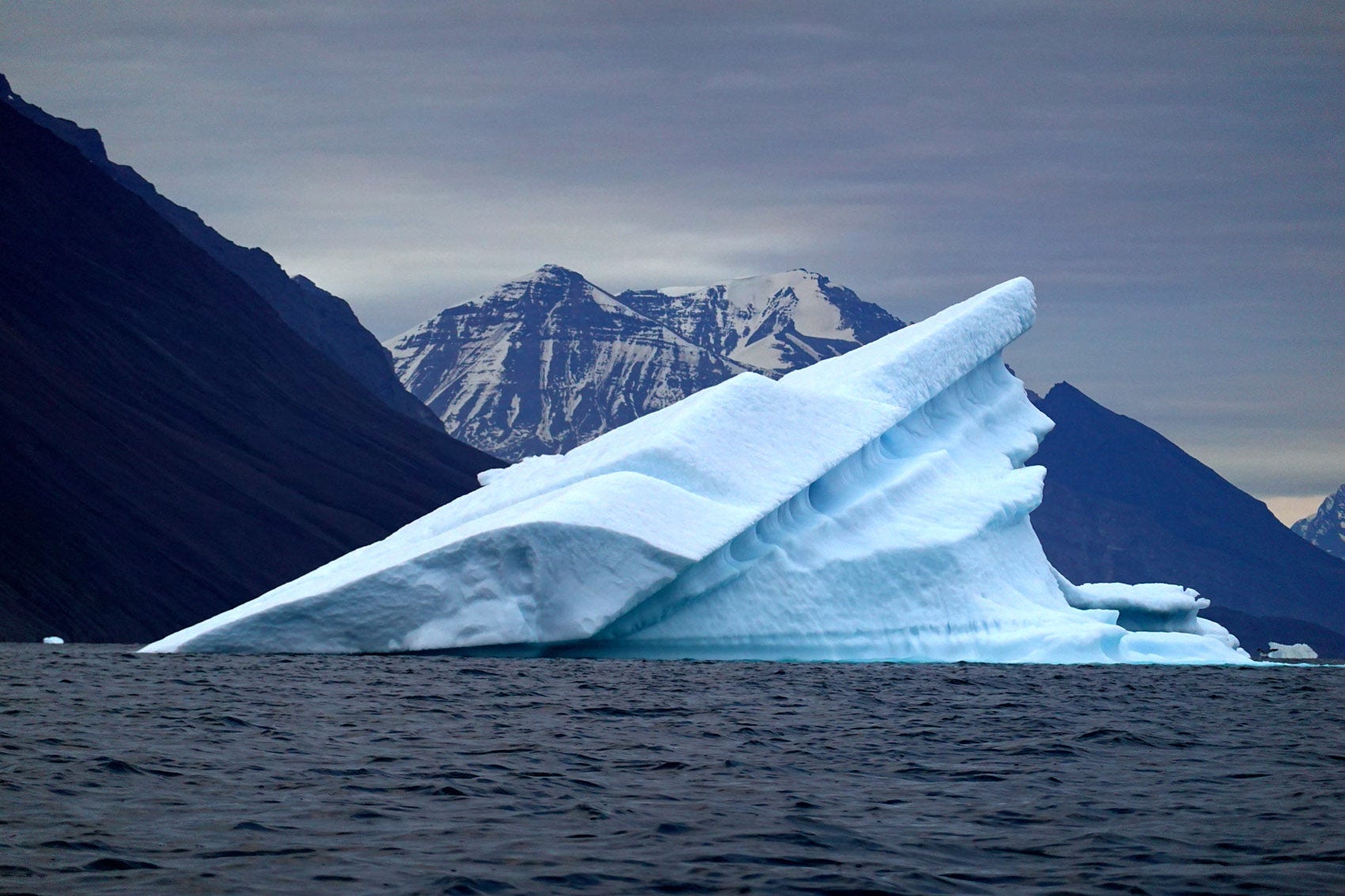

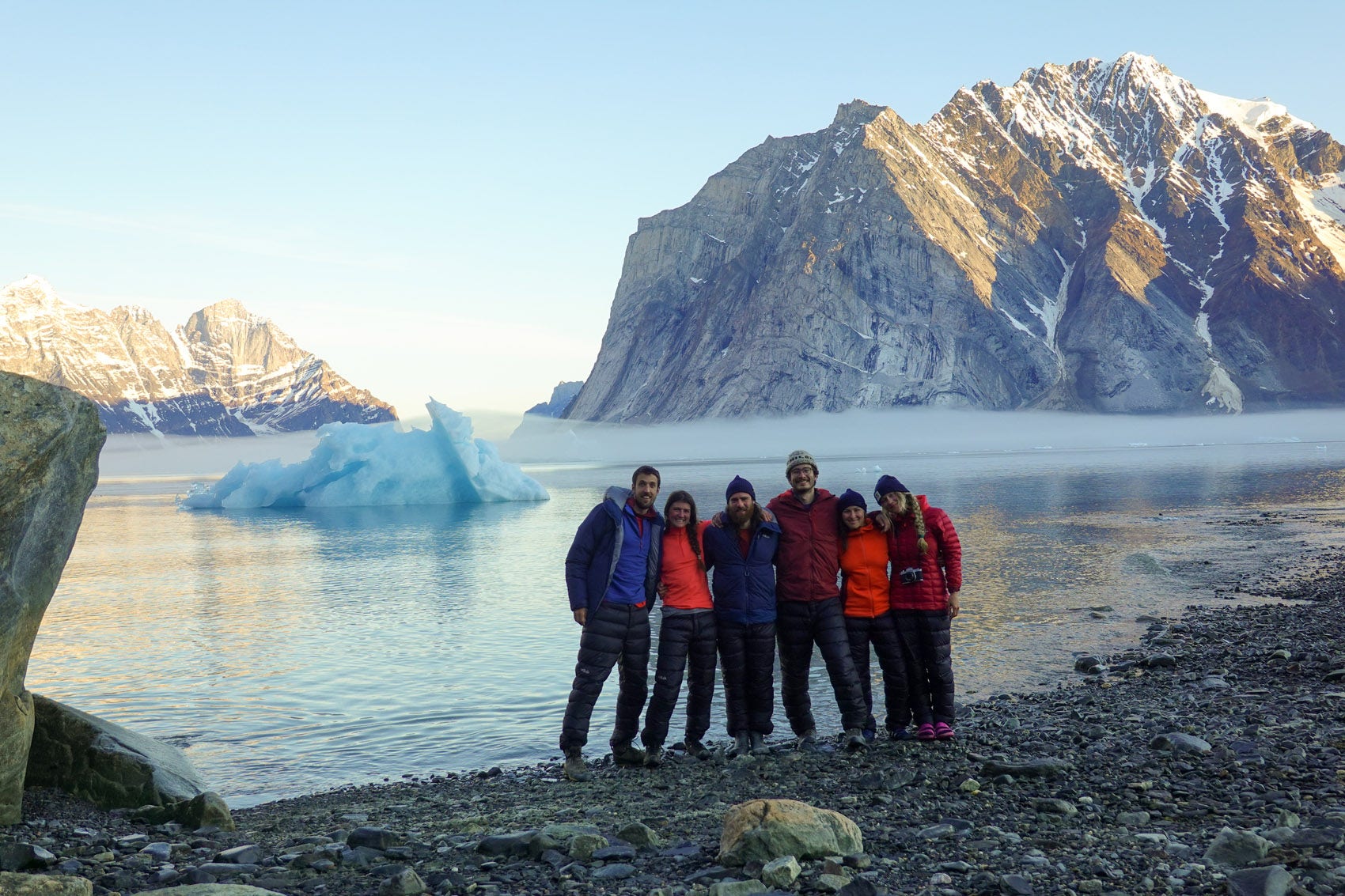

What extra challenges did your chosen method of getting around present?
Well, if we wanted to just climb the wall at the end of our journey, we could have just flown in and out of Upernavik, which is about 15km from the wall.
But that would be kind of missing the point…
The journey presented all kinds of challenges including:
• Two of our six inflatable kayaks ripped at the seams on day one. We then spent the next two days completely stationary sewing them back together!
• Our route featured a 20km overland section to connect two fjords. We had so much equipment, we had to do three loads each, so there, back, there, back and there again. So the whole overland amounted to 100km of hiking, mostly with very heavy loads.
• We timed our movements by the wind and the tides, putting in long hours of paddling when the conditions were good and resting when the winds turned against us. If each sleep-wake cycle is a few hours longer than 24 hours, you eventually “lose” entire days. Over our 65 calendar days in Greenland, we had 61 sleeps!
• The threat of polar bears felt real and constant. Jaron, our photographer, and filmmaker, slept with the shotgun under his pillow. Climate change has made the bear’s movements less predictable, so we never knew quite how likely we were to see one. Luckily we saw 0 bears during our 65 days, which is definitely my favourite number of bears!
You have offset your trip in partnership with Rab. What does that mean to you, and how does it help to support you?
Carbon offsetting is not without its flaws, but it’s certainly better than doing nothing. I’m proud of Rab as a brand for stepping up and offsetting our entire trip, especially as they were just one of several brands to support the project. It’s actions like this at the corporate and government level which represent the way forward in fighting climate change.
Learn more about the this trip and offsetting on Pg 19 & 20 of our 2023 Sustainability Report.
Large subhead (32px text, 38px line height)
Small subhead (20px text, 28px line height)
Quote style, bold, italic, 20px over 28px
Shop The Kitlist
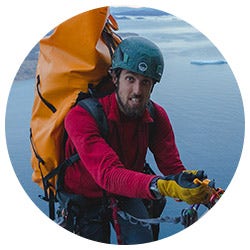

Words by | Jacob Cook
Words & images by | Athlete Name
Author bio in italic 16/24 body style with grey text colour
Read more about blank here

